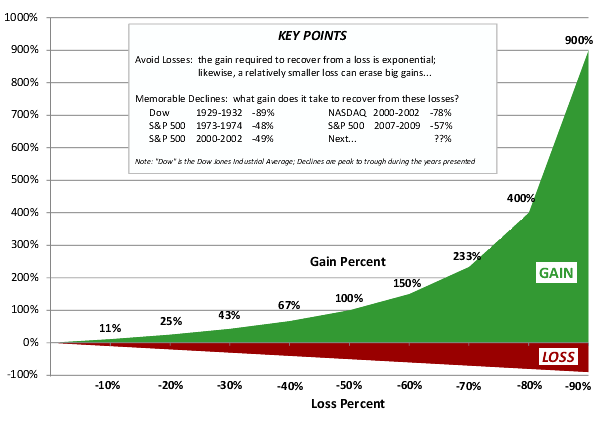Earlier this week I stuck my neck out and discussed my all-time worst investment recommendation: Puda Coal (PUDA.pk).
The point of the piece was to come fully clean on this recommendation and to tell any remaining stragglers to sell this piece of garbage once and for all:
"If you can get out at 60 cents a share, I'd take it. The risk is that you'll lose the remainder of your investment – and a total loss is never advisable."
I got some praise for coming clean on this company (undeservedly) but one reader called me out on not my recommendation to buy this company… but my current recommendation to sell!
I was honestly thrilled to receive this comment. Different perspectives on the market aren't just interesting – they're the very basis of what a market is: a collection of differing opinions on the value and price of assets and businesses.
This reader wrote:
"In my opinion, telling people to sell at this price is not a good advice…
Being emotional is the biggest enemy of making correct decisions."
This comment gives me the opportunity to discuss something I've touched on many times, but have never had the chance to tackle directly: losses.
I respectfully have to point out that the biggest enemy of investing is not emotions – but rather, taking losses.
Losses are the true enemy.
That's because they compound exponentially – just like interest.
A 10% loss means you have to make 11% in gains to get back to even.
That's not so bad. But when you get up to a 50% loss, you have to make a 100% gain – a double – in order to get back to even.
The problem is, taking a 50% loss is easy, as you probably know.
But making 100% gains is really, really difficult.
It gets more difficult to make up those losses when the losses get bigger.
A 60% loss takes a 150% gain to get back to even!
I've posted a chart below that shows the whole continuum of losses – and the commensurate gains needed to get back to even. I suggest printing this chart out and putting it in your office or next to your computer where you conduct your investments. I have one printed out next to my monitor.
So, getting out of Puda at these low prices has nothing to do with emotion.

It has everything to do with math.
The difference between a 90% loss and a 95% loss is the difference between a 900% gain and a 2000% gain.
The risk/reward scenario when you're down over 50% on an investment is so completely and heavily skewed towards selling. You should be prepared to cut your losers BEFORE they get above that 40-50% mark, but in some cases (as with Puda) that's almost impossible.
In the case where you're getting close to a total loss, it's always advisable to sell – if only to protect the small amount of capital that's still on the table.
You can come back from a 90% loss – but it's a mathematical impossibility to recoup a 100% loss. That capital is gone forever.
Have a great weekend,
Kevin McElroy
Editor
Resource Prospector
 Facebook
Facebook
 Twitter
Twitter